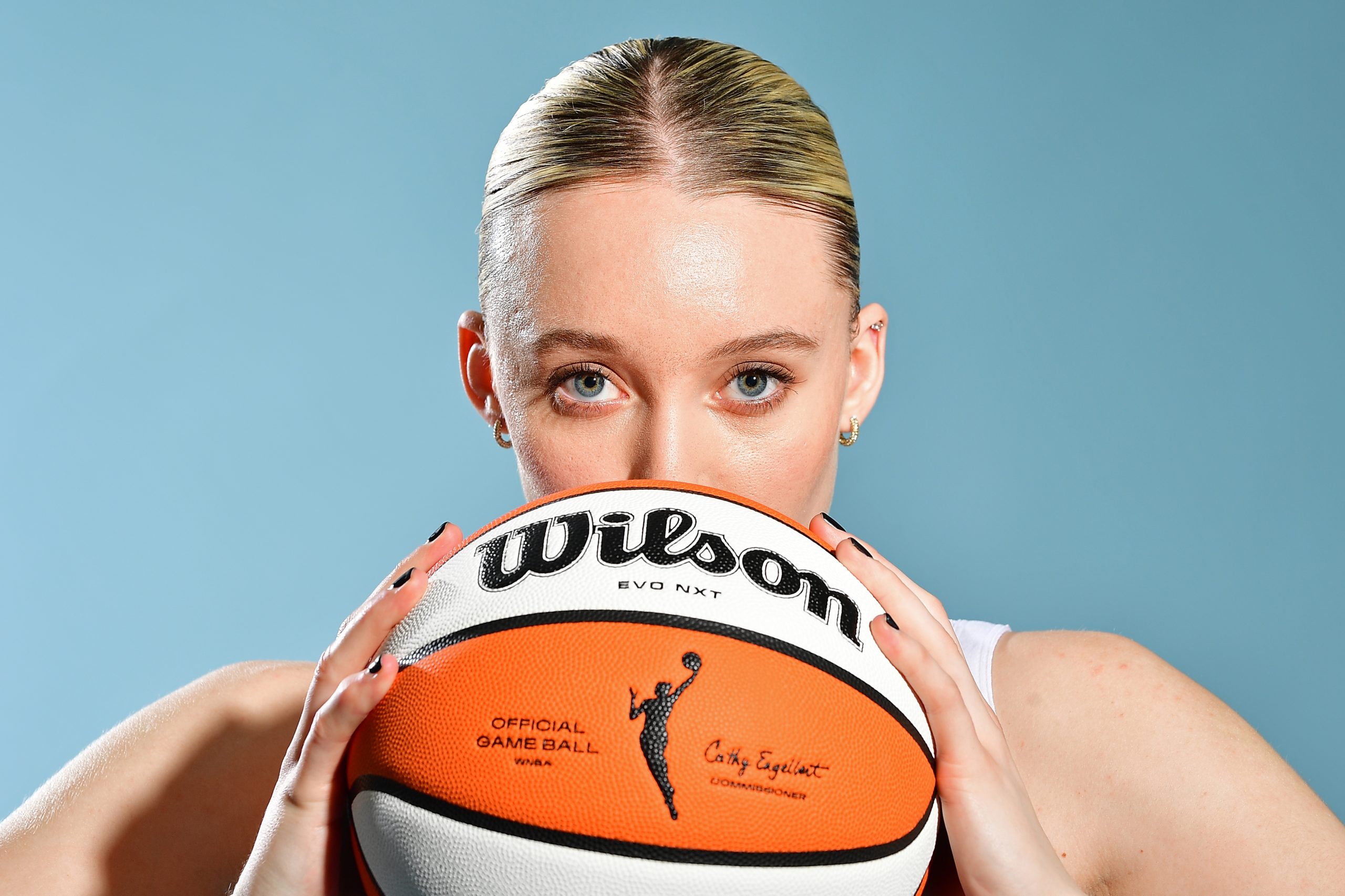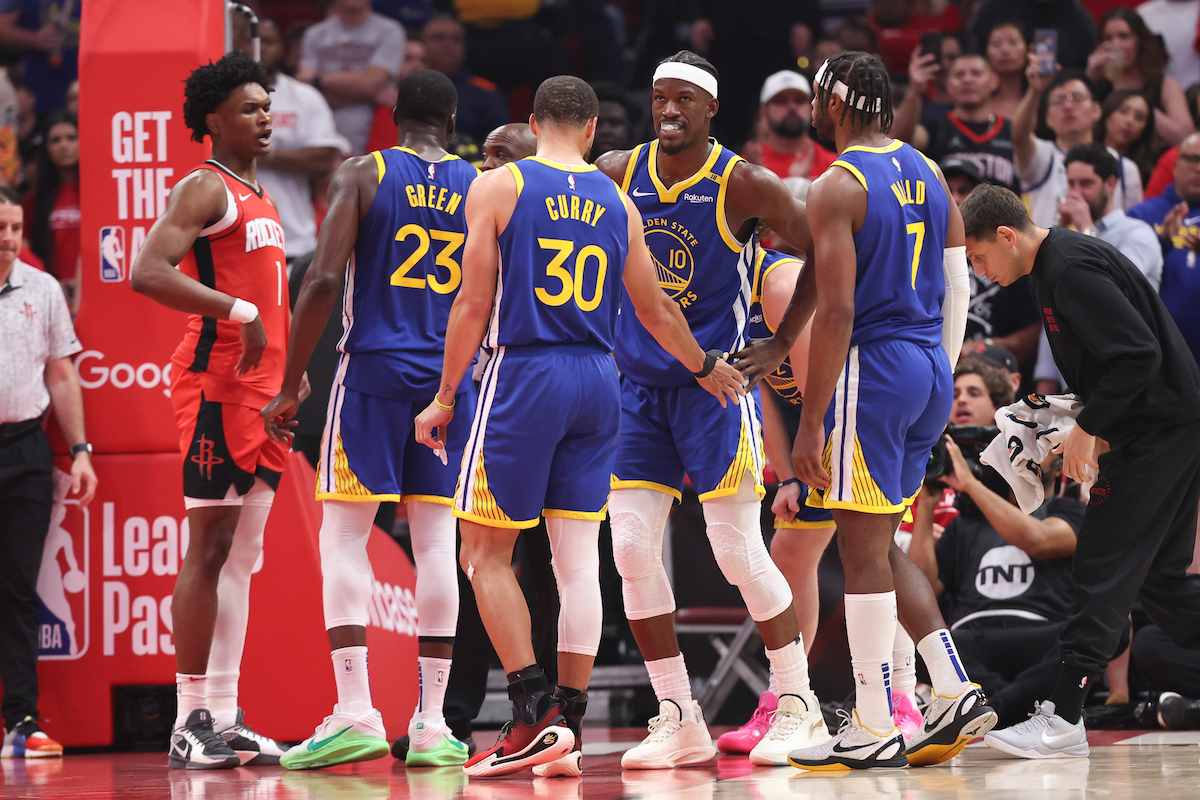The same question has sat in the minds of Boston Celtics fans for quite some time now: what does the starting frontcourt look like?
Boston acquired Al Horford, whose shooting, passing, and defensive versatility make for a more modern approach to the center position. Despite his age (35), Horford still showed plenty in the tank during an abridged season in OKC where he shot 36.8 percent from beyond the arc and dished out 3.4 assists per game. He only played in 28 games and averaged a career-low 27.8 minutes a night this past season, which has him looking fresh ahead of his return to the Celtics.
“Going into this year, I feel really good,” Horford told reporters. “I feel as good as I’ve felt, probably my NBA career, to be honest.”
But the Celtics also gave Robert Williams a four-year, $54 million extension over the summer, which they wouldn’t have done if they didn’t believe in the Timelord as their center of the future.
Williams is younger and brings a level of dynamic athleticism and vertical spacing no other member of the roster can. He warrants enough attention diving to the basket that it creates opportunities for those around him.
Pool Photo-USA TODAY Sports
Playing both is an option given Horford’s ability to stretch the floor, but two-big lineups in 2021 are hardly any team’s preference. Size is no longer as favorable as skill. Boston would much rather prefer another ballhandler in the starting lineup, and making the hard decision to choose one over the other would bolster their bench with whoever is placed within the second unit.
It’s also worth noting that Horford played 74 percent of his minutes at center during his three seasons in green and 82 percent of his minutes across his 14 NBA seasons. He might be able to slide up a position, but functioning as the lone big is where he’s grown the most comfortable.
It is clear that Horford and Williams bring two vastly different skillsets to the table. So, with training camp underway and the season fast approaching, Ime Udoka is tasked with determining the direction he wants to send the Celtics in.
If his words are any indication, Horford looks like the frontrunner.
“We’re trying to get them to make quick decisions,” Udoka told reporters. “…Catch and shoot it, catch and pass it or catch and move it. Those are things we want them to improve on in the half-court.”
Williams isn’t clueless upon receiving the basketball. He’s made great strides as a decision-maker out of the pick-and-roll. But Horford is the one who can catch and shoot. Horford is the one who can put the ball on the floor from the top of the arc, swing the ball from side to side and make plays from all spots on the court.
There’s also the matter of availability at play. Despite his extension, Udoka spoke about progressively increasing Williams’ responsibilities to avoid an overload that could result in injury. The fourth-year big has yet to average more than 20 minutes a night and has missed significant time in each of his first three seasons.
Udoka’s desire to bring Williams along sits in stark contrast to how he’s viewed Horford through the early stages of training camp.
“It’s noticeable,” Udoka said of Horford’s spryness. “…He looks lively, fresh, and looks rejuvenated. We’re loving what we’re seeing from him.”
Better suited for what the Celtics are looking for and healthier at least before the start of the season? Williams will have his time. Udoka may even turn to him in specific matchups. But for now, everything Horford is at the moment seems too important for Boston’s head coach to ignore when deciding who to line up alongside Boston’s best.
“A guy like Al is making a huge case obviously, the way he’s come in and looked and played, the leadership and things he’s brought,” Udoka said. “I mentioned some of the versatility with what he can do as far as pass the ball, handle it and shoot it, so he’s an asset there but it’s also finding the right balance for our bench, as well.”






